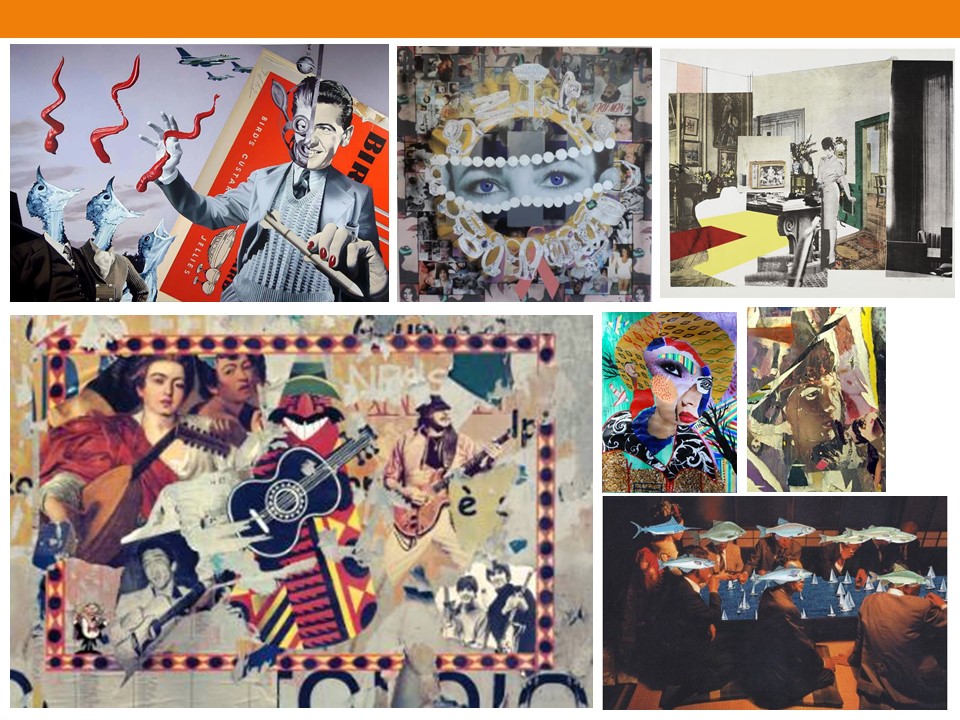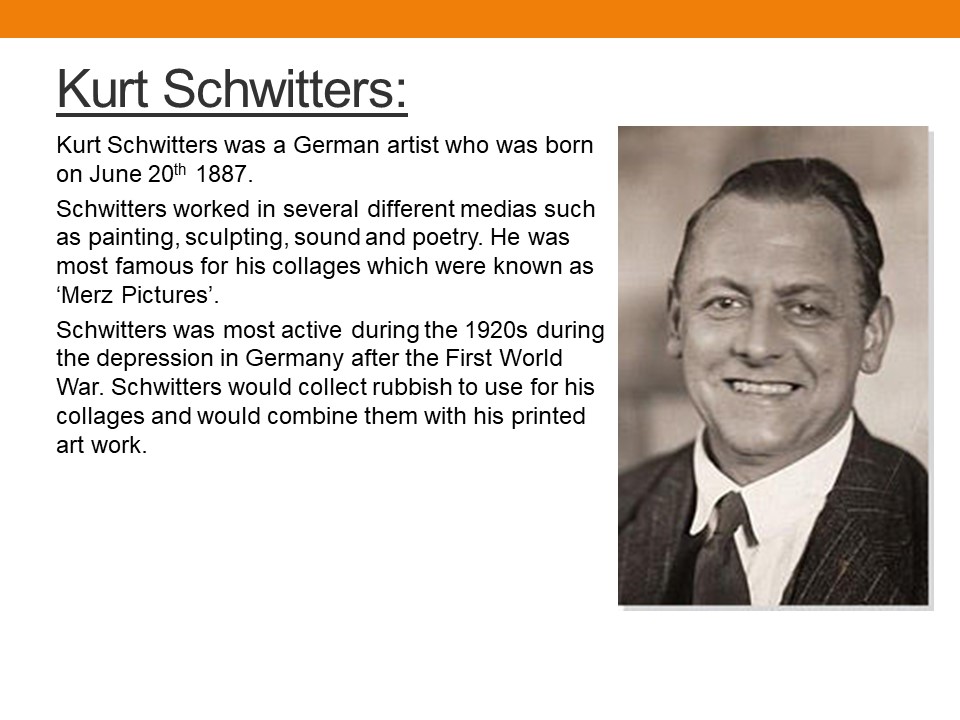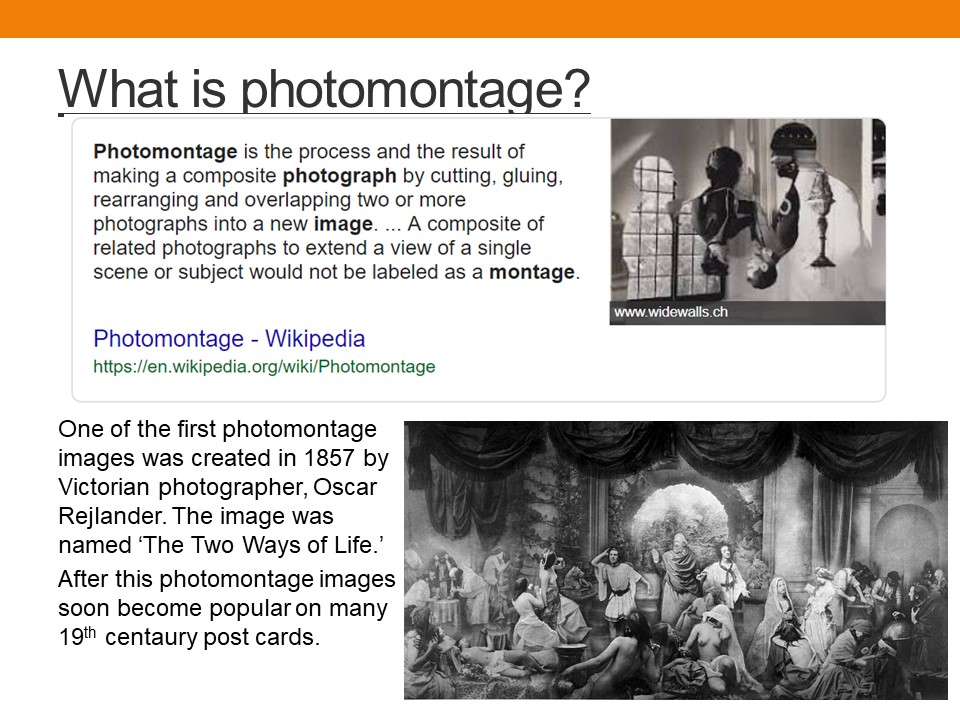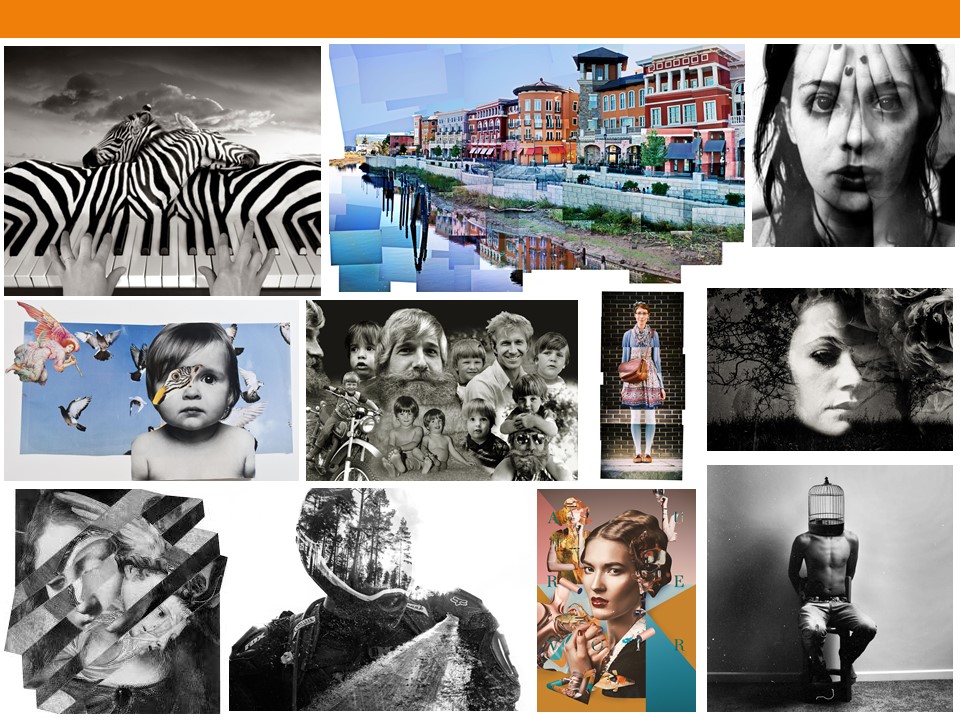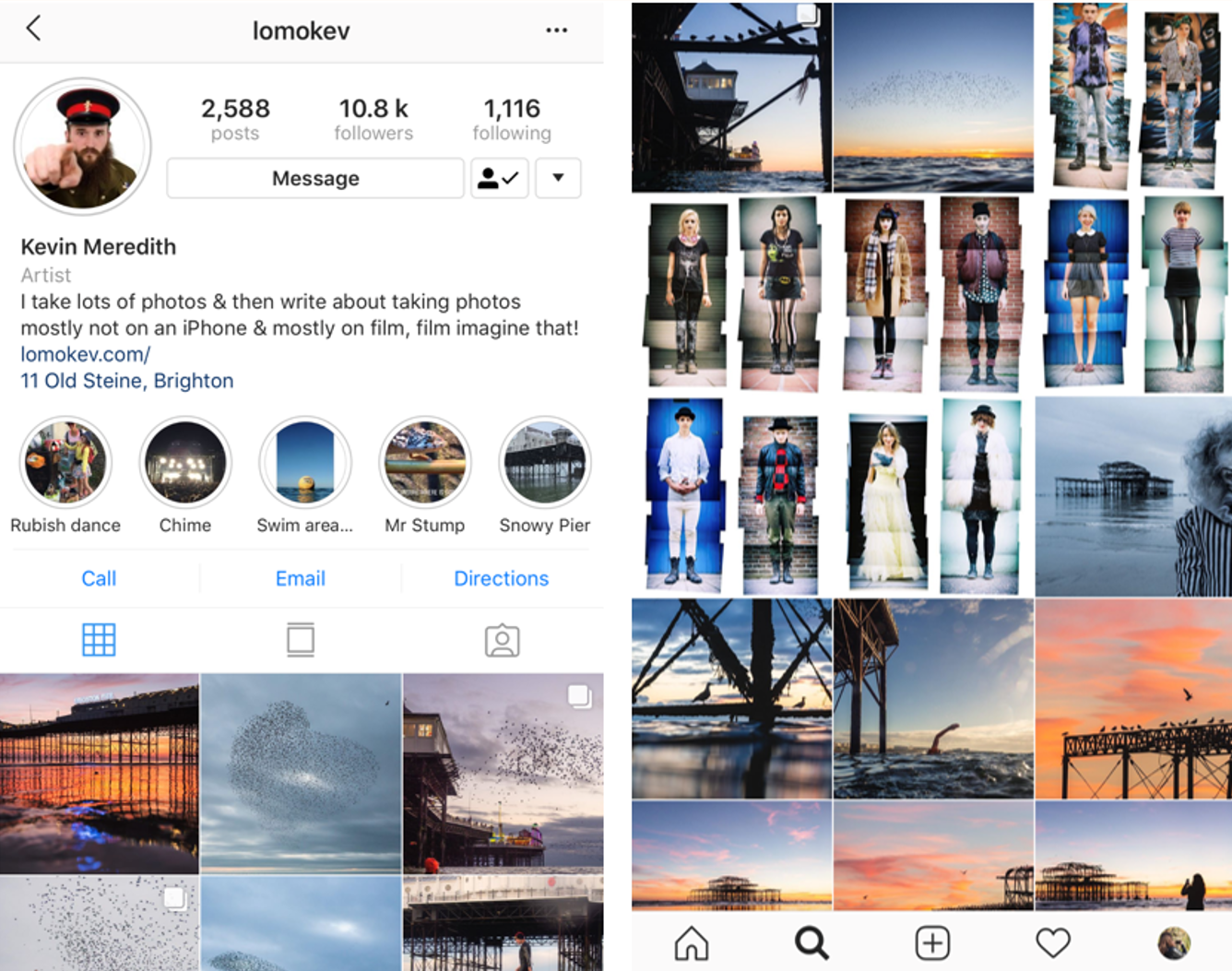What is Chiaoscuro?
The book definition of Chiaroscuro is when an image is manipulated to the effect of contracted light and shadow. Chiaroscuro is an Italian word simply translated to ‘light-dark’. In the painting industry (paintings etc.) the particular description refers to sharp tonal contrasts which can be and often are used to suggest the volume and modelling of the subjects being used. Similar effects in cinema and photography also are called chiaroscuro. Artists often used bold contracts to help emphasis the image and the overall affect.
In photography, chiaroscuro can be produced with the use of Rembrantdt lighting. In more highly developed photographic processes, this technique also may be know as ambient/natural lighting although when done so for the effect,. This can make the image look artificial and not generally found to be ‘natural’.
Artists who are famed for the use of chiaroscuro include Leonardo da Vinci and Caravaggio. Leonardo employed it to give a vivid impression of the three-dimensional figures within his image, while Caravaggio used such contrasts for the sake of drama. Both artists were also aware of the emotional impact of these effect of this technique.
The term chiaroscuro originated during the Renaissance as drawing on colored paper.
Traditional realism painting:

For example one of Leonardo da Vinci most famous paintings entitled The Mona Lisa:
:focal(276x253:277x254)/https://public-media.si-cdn.com/filer/19/08/19082b9b-932c-4f8e-9ff6-5f3f2353a6e9/mona_lisa.jpg)
What is Rembrantdt lighting?
Rembrantdt is linked to studio with the use of either one studio like pols a reflector or two studio lights. Rembrantdt lighting gave photographers the opportunity to produce images that allow for some what natural feel whilst also have a more complex side to that particular image while only using a minimum about of equipment. This made these types of images much easier to produce. Rembrantdt is named after the Dutch painter, Rembrantdt who was often found using this lighting. Rembrandt lighting is described as a illuminated/ bright triangle under the eye of the subject on the less illuminated/dimmer side of the face.
Most commonly, the main light is placed higher, to one side at the front behind the camera and then the reflector is positioned half- height and on the other side at the front, behind the camera. This is set to about half the power of the key light (main light) with the subject facing at an angle to the camera, with the key light illuminating the far side of the face. What is evident, is that to fully and correctly use this particular type of lighting, it is important to create the triangle or diamond shape of light underneath the eye. where one side of the face is illuminated from the main source of light while the other sided being covered in shadow, to create the geometric form on the subjects face.
One of Rembrantdt’s paintings:

My own Work:
After researching Chiaroscuro and Rembantdt lighting I had ago at creating my own images much inspired by these two types of lighting to do with light and dark contrasting with shadows. For my first image i kept it simple with one subject facing onward to the camera with the light shinning on to the subjects face from her left causing the the right side of her face to be covered by shadows causing a dramatic effect and feeling from the image.
 After taking multiple picture using the traditional method i then decided to experiment with the subject and the colors created. I wanted to see how color could effect the overall feel and effect of the image whilst still considering the Chiaroscuro and Rembantdt lighting technique. This is what i cam up with.
After taking multiple picture using the traditional method i then decided to experiment with the subject and the colors created. I wanted to see how color could effect the overall feel and effect of the image whilst still considering the Chiaroscuro and Rembantdt lighting technique. This is what i cam up with.




I created four images with all different poses with a selection of four colors- blue, pink, green and yellow using the Chiaroscuro and Rembantdt lighting method. Each image i believe created a different view and opinion as color are fairly contrasting with different poses leading to unique emotions being created from the image.
Other images:















